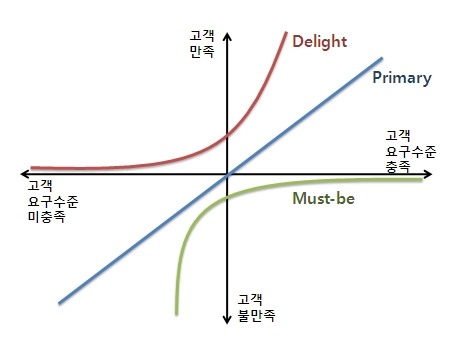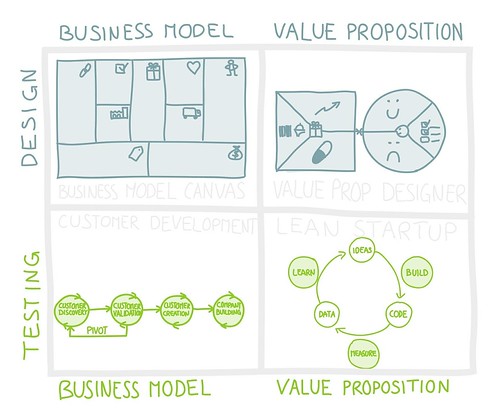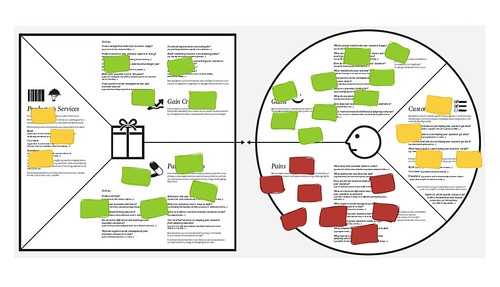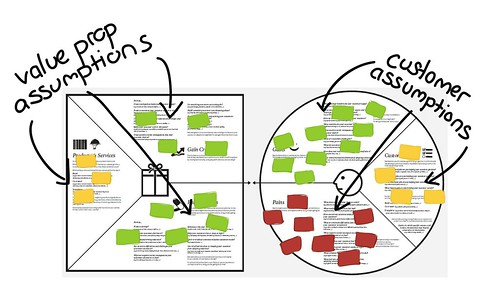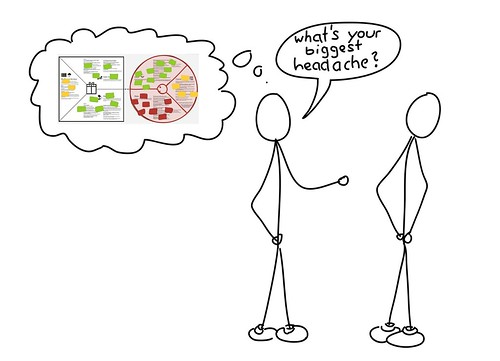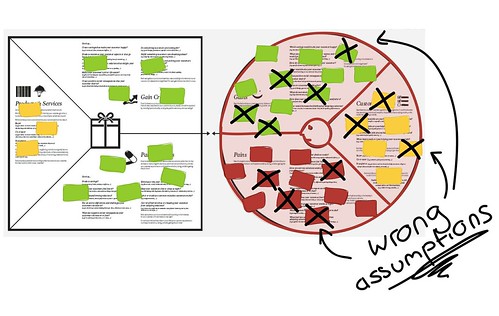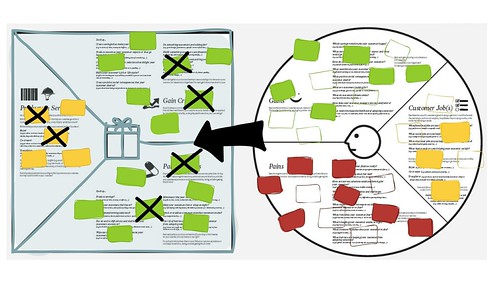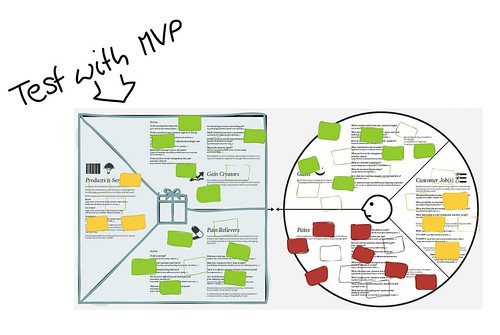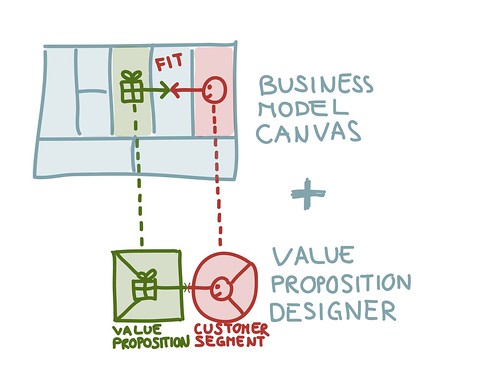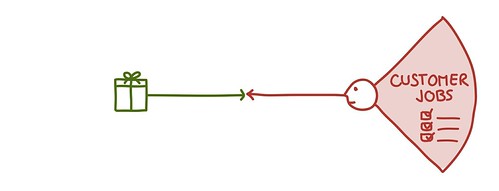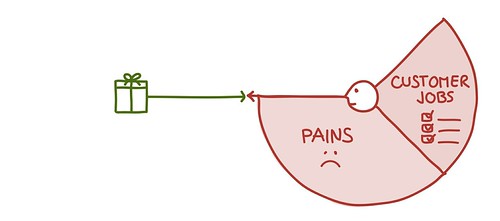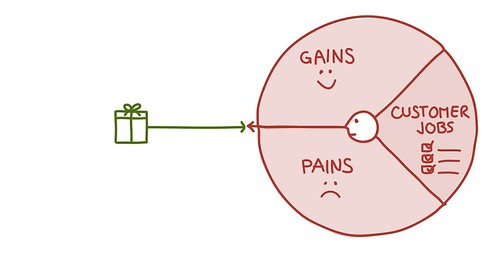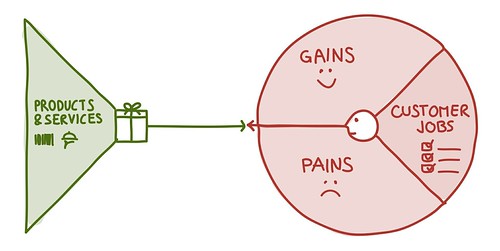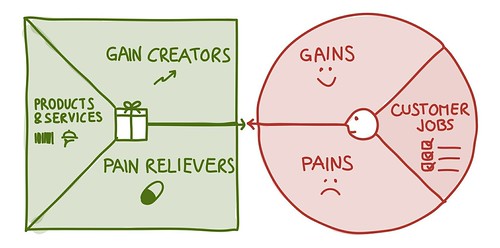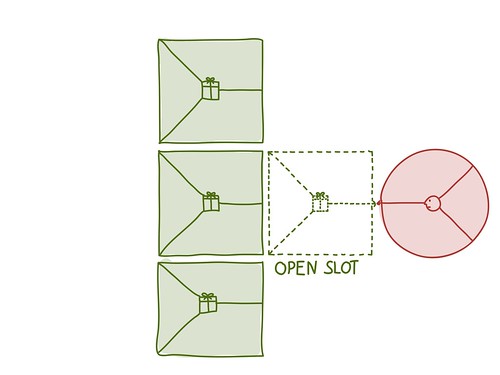BY KEITH H. HAMMONDS
|JULY 31, 2000
The five propositions that strategists David Bovet and Joseph Martha say help companies create value for their customers.
It's easy to be seduced by the drama of the Internet: instant connectivity, real-time conversation, free software, virtual companies, high-profile IPOs, and volatile stock markets.
David Bovet, 51, and Joseph Martha, 49, both vice presidents at Mercer Management Consulting, are just as excited about the Internet as the rest of us are. But if you want to see the impact of the Web, they say, don't look on Wall Street or even in Silicon Valley. Instead, visit factories, warehouses, and retail stores -- elements of the supply chain that runs from the moment a product gets designed to the moment it gets delivered to a customer. That is where the real business revolution is taking place.
Responding quickly to customer choices, Bovet and Martha argue, requires a new approach to business design -- a strategic model that revolves around the creation of "value nets." Over the past year, the two men have studied 30 companies with products that range from office furniture to footwear, from auto insurance to cement. Their conclusion: The combination of demanding customers and Web-enabled business models is making the old supply chain obsolete -- and is creating something far more compelling.
Their findings are captured in a new book, Value Nets: Breaking the Supply Chain to Unlock Hidden Profits (John Wiley, $29.95). In an interview with Fast Company, Bovet and Martha offered five value propositions that are reshaping the relationships between companies and their customers.
Proposition #1: Your only choice is to give customers smarter choices.
Bovet: Customer expectations are exploding. Today, almost everyone wants customized products -- right away and bundled with convenient services. You don't have to listen very hard to hear what customers expect, even of traditional companies: "Why can't I buy an automobile the same way that I buy a Gateway computer?" "Why does it take two months to design and deliver furniture for my new office?" "Why do I have to deal with four suppliers to solve a single business problem?"
The companies that win in this environment will be the ones with business designs that begin and end with customers. It all comes down to choice: Customers want products and services that meet their unique requirements, and companies need to know how to deliver on those choices quickly.
Martha: Of course, choice isn't always easy to manage. Customers love choice, but they can be overwhelmed by too much of it. That's why we value the concept of a "choiceboard," a term that was coined by our colleague Adrian Slywotzky. A choiceboard is a Web-based tool that allows for real-time, two-way interactions between companies and their customers. It's the front end of what we call a "value net." It lets customers design exactly the products and services that they want -- including attributes, components, prices, and delivery options -- and then it communicates those choices to the company's fulfillment engine. But here's the key point: Choiceboards aren't just about creating more choices -- they're also about creating smart choices. Companies like Dell, Gateway, and Weyerhaeuser use choiceboards to manage demand and to balance demand with supply.
Dell became famous for this approach long before the Web became as important as it is today. For years, Dell's telephone reps would find out right away if the company was running low on, say, a specific memory module. In real time, the order-entry person would know to offer customers an upgrade of that module for less than the item would regularly cost -- giving buyers far more value for their money and steering them toward a product that was actually in stock.
Gateway gives computer buyers three points of entry to its value net: "Click, call, or come in." Whether buyers go online, call Gateway's toll-free order number, or walk into a Gateway Country store, they will encounter a choiceboard that offers controlled choices and that feeds information into Gateway's fulfillment infrastructure.
Proposition #2: Faster is better -- that is, if customers will pay for speed.
Martha: Everyone knows that customers want things faster. But what do we mean by "speed"? Speed means instant gratification and high-velocity response. It can mean receiving an urgent document overnight, or settling an insurance claim right at the accident scene. It can also mean bringing new fashions to store shelves within a week of their being designed.
That's why we find Zara, a trendy Spanish clothing retailer, so exciting. The apparel industry is notorious for building up buffer inventories everywhere, because it has to predict fashion swings months before clothes hit store shelves. A wrong guess can mean a strategic disaster.
Zara can take fashion ideas from the drawing board to the store shelf in 10 to 15 days. It does that by using systems that effectively link customers to the company's manufacturing and distribution divisions. Store employees gather consumers' comments on designs and colors and then report back electronically to Zara's designers -- who, meanwhile, are constantly patrolling public places and looking for new trends. Within days, new designs are distributed to a network of small, contracted workshops in northern Spain. Because Zara doesn't have to wait for garments to be sewn in the Far East and assembled in different countries, it can replenish its store merchandise often.
Bovet: It's important to be fast, but it's also important to be fast for the right customers. You have to do enough research to know not only what customers want but also how profitable different customers are for you. You don't want to provide a beautiful business design that delivers products fast if customers aren't willing to pay for speed. However, once you do find customers who are willing to pay for quick delivery, you can do something really special.
Weyerhaeuser offers a great example. We studied one of its businesses, a Marshfield, Wisconsin-based company that builds doors. A few years ago, the company was in serious trouble -- on the verge of being shut down. Then Weyerhaeuser launched DoorBuilder, a Net-based choiceboard that lets dealers order precisely the doors that they need, choosing from 2 million possible configurations. A process that used to take 3 or 4 weeks now takes as little as 15 minutes and involves nothing but a few mouse clicks.
DoorBuilder was a serious investment. But it has created a premium service that its best customers are happy to pay for. One reason for DoorBuilder's success is that Weyerhaeuser began by focusing on its 200 most profitable dealers -- the ones that would define the future of the plant.
Proposition #3: You can do the right thing without doing everything.
Martha: We have some rules of thumb about outsourcing: Control customer touch points (ordering, service, and delivery); own the information, the knowledge, and the relationships, but not the transactions; and maintain control of analytical, relationship-building, and partner-management skills. Everything else is fair game for outsourcing.
Bovet: And you have to be sure that you're outsourcing for the right reasons. In the past, companies would often decide to outsource manufacturing after doing a cost analysis. Today, outsourcing has a lot to do with speed: Does the outsourced company have the ability to get products to market very quickly? We're talking about driving value, rather than about lowering costs.
In 1994, the biotech-research company Biogen thought that it had discovered a very powerful drug for multiple-sclerosis patients. It decided to use its new patent to become an operating company, rather than just a lab. But how to do that? It could license manufacturing to a big pharmaceuticals company, or it could build its own factory and its own distribution network.
But Biogen was wary of giving up control of its customer relationships to a big pharmaceuticals company. And it knew that if it built its own factory and then didn't win FDA approval, it would be stuck with that plant. So, instead, Biogen created a value net of related companies whose expertise it could use to get its product out very quickly once it received FDA approval.
To ensure high-quality outreach, Biogen kept customer support in-house. And it worked closely with its partners to make sure that all of its processes were top-notch. It created a network that got the new drug, Avonex, on pharmacists' shelves within days of FDA approval -- a record-breaking launch.
Proposition #4: Treat partners like partners.
Martha: In the past, companies were reluctant to share information with suppliers. Sometimes, they even had adversarial relationships with partners: If suppliers tried to raise prices by five cents, buyers would try to cut them off at the knees. In a value net, companies need relationships that last, and broadly shared information is the key to making that happen. You can't build a great company if you treat partners like adversaries.
Bovet: There's a great example of that in the United Kingdom. Vauxhall, the General Motors brand in the UK, became one of the first automakers to sell cars directly to consumers through its company Web site. It did so by working very closely with dealers, rather than treating dealers as part of the problem. Vauxhall created five regional distribution centers and stocked each one with a relatively narrow range of cars that best represented local customer demand. That took stock off of dealers' lots. In return, dealers agreed to visit customers after they had made a selection online and to bring along a similar car for a test-drive. During the visit, dealers would also assess the value of any trade-in, and they would complete all documentation. Then, within seven days, they would deliver the car.
Proposition #5: Know what customers want -- "super service" and "perfect orders."
Bovet: We define "super service" as a quantum leap in performance in areas deemed crucial by customers. Super service can take many forms, but its two most important features are rapid delivery and reliable delivery. Customers expect what we call "perfect orders." What's a perfect order? It's an order that gets shipped on time and complete: It arrives at a customer's desired location within a precise time window and in excellent, ready-to-use condition. Super service also means having the flexibility to handle last-minute customer changes while continuing to provide the same level of service.
Mexico-based Cemex, the world's third-largest cement company, is a great example of a company that provides super service and that delivers perfect orders. Until the late 1980s, Cemex's operations looked just as chaotic as every other company's did. The company set three-hour delivery windows -- a time frame that wreaked havoc on its customers' construction schedules. Over 10 years, though, Cemex invested $200 million in customer-service information systems. Now its delivery window is 20 minutes, and it makes that window 98% of the time. Customers can change orders at the last minute and still receive on-time shipments.
This "service wrap" is the differentiator here -- the thing that gives Cemex its brand strength. The market rewards super service by letting Cemex charge higher prices. The company's 1998 profits (before interest, taxes, and depreciation) were 35% of sales -- much higher than the industry average, which is 21%.
Martha: Go back to what Weyerhaeuser did with its door factory. Weyerhaeuser escaped the downward price spiral that usually comes with a commodity product. It was able to raise its prices and to command a premium in the marketplace because it wasn't just selling a door -- it was selling precise timing.
Many companies try to compete by offering products with different capabilities. When that approach falls apart, they try to compete by lowering their prices. They beat themselves up over features, or they cut prices like crazy to get month-end sales spikes. With value networks, you differentiate yourself not just on product attributes but also on service capability. That capability is based on a collaborative set of relationships, so it's more sustainable and harder to replicate. An effective value net creates a competitive advantage that's probably worth a lead of one to two years over your competitors.
Keith H. Hammonds (khammonds@fastcompany.com) is a Fast Company senior editor. Contact David Bovet (david.bovet@mercermc.com) and Joseph Martha (joseph.martha@mercermc.com) by email.
'BMI > Value Proposition' 카테고리의 다른 글
| [스크랩] Value Proposition Worksheet (0) | 2013.02.28 |
|---|---|
| [스크랩] Value Propositions That Work (0) | 2013.02.28 |
| [스크랩] 10 Value Proposition Examples (0) | 2013.02.26 |
| [스크랩] Customer Value Propositions in Business Markets (0) | 2013.02.26 |
| [스크랩] 만족 요인과 불만족 요인은 달라, 허즈버그Herzberg의 2요인 이론 (0) | 2013.02.26 |


